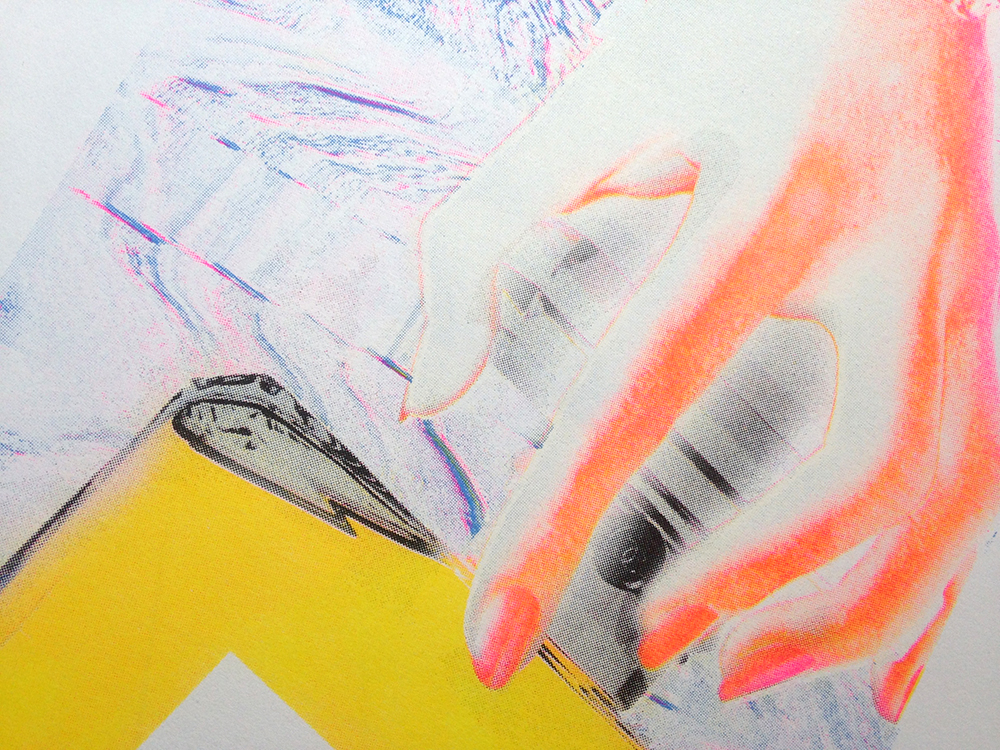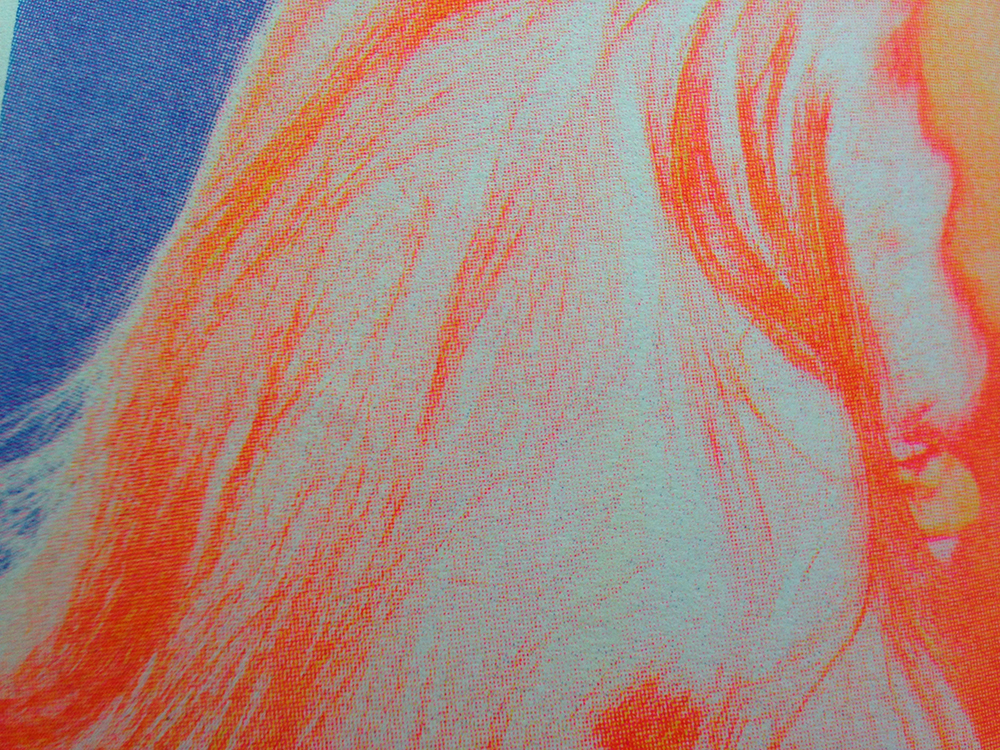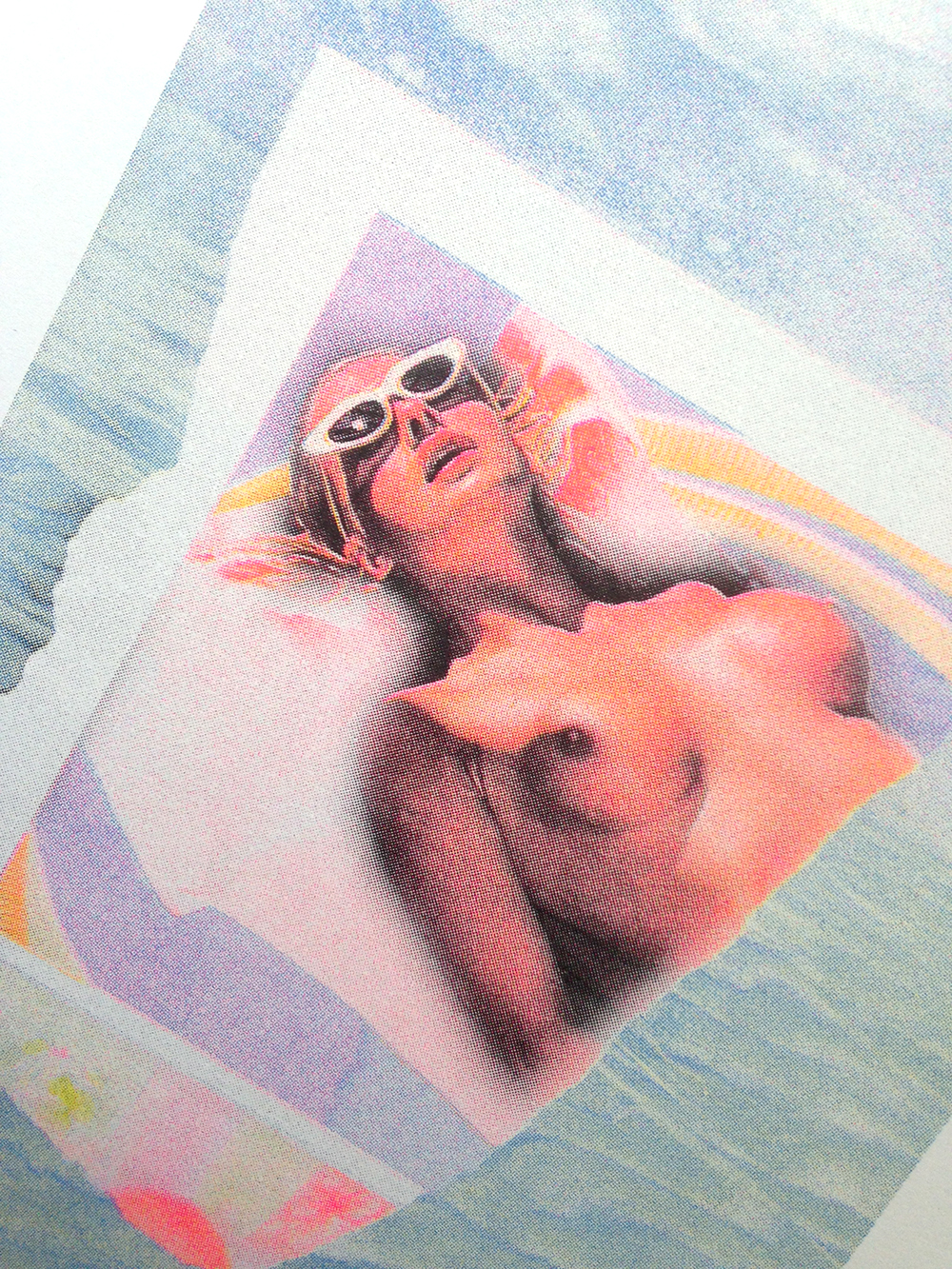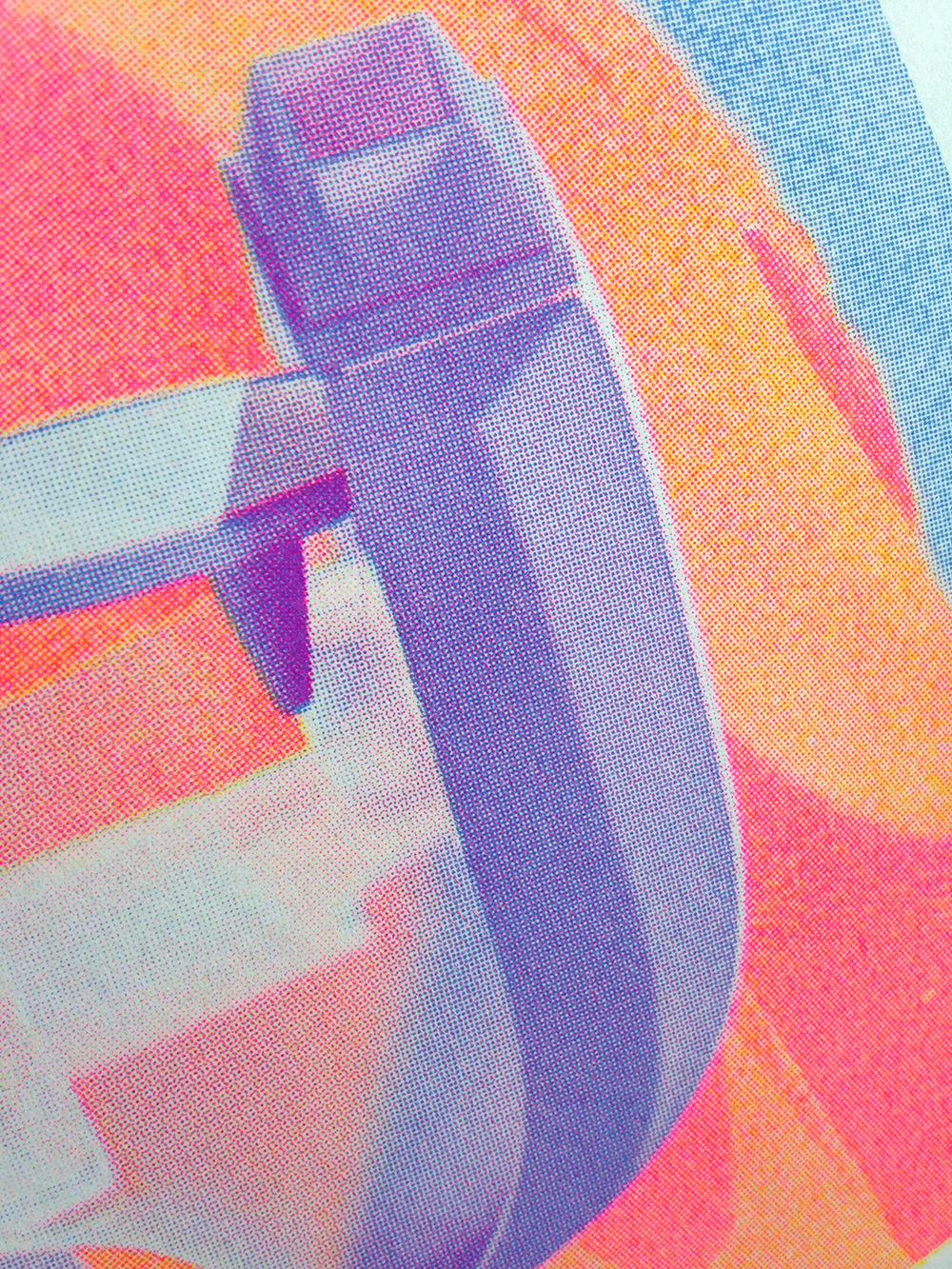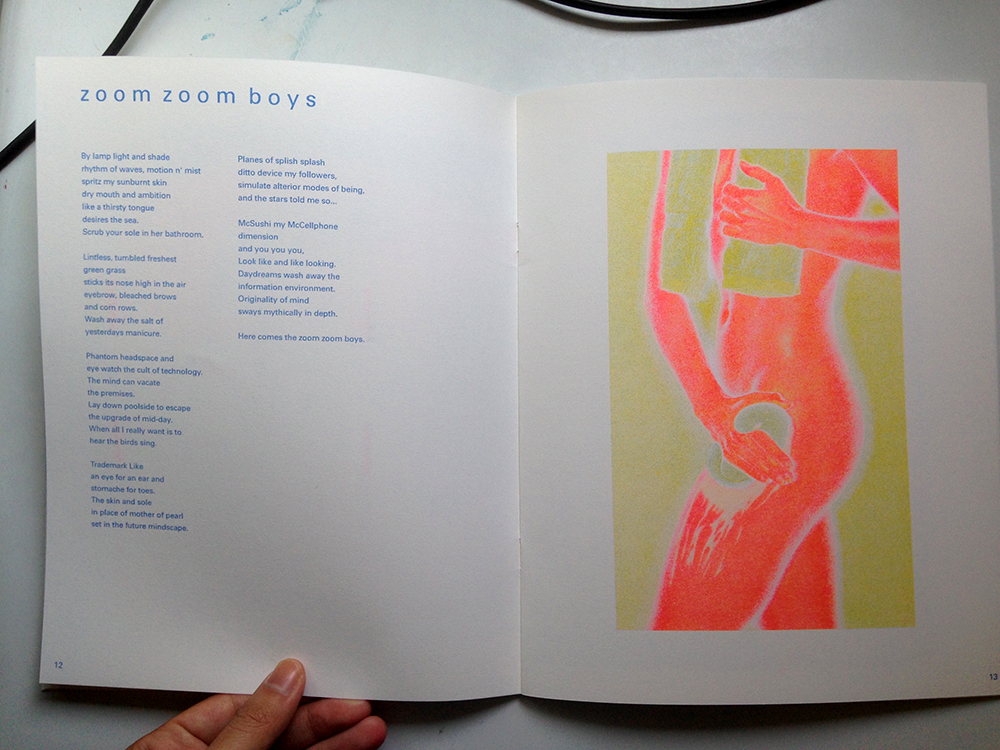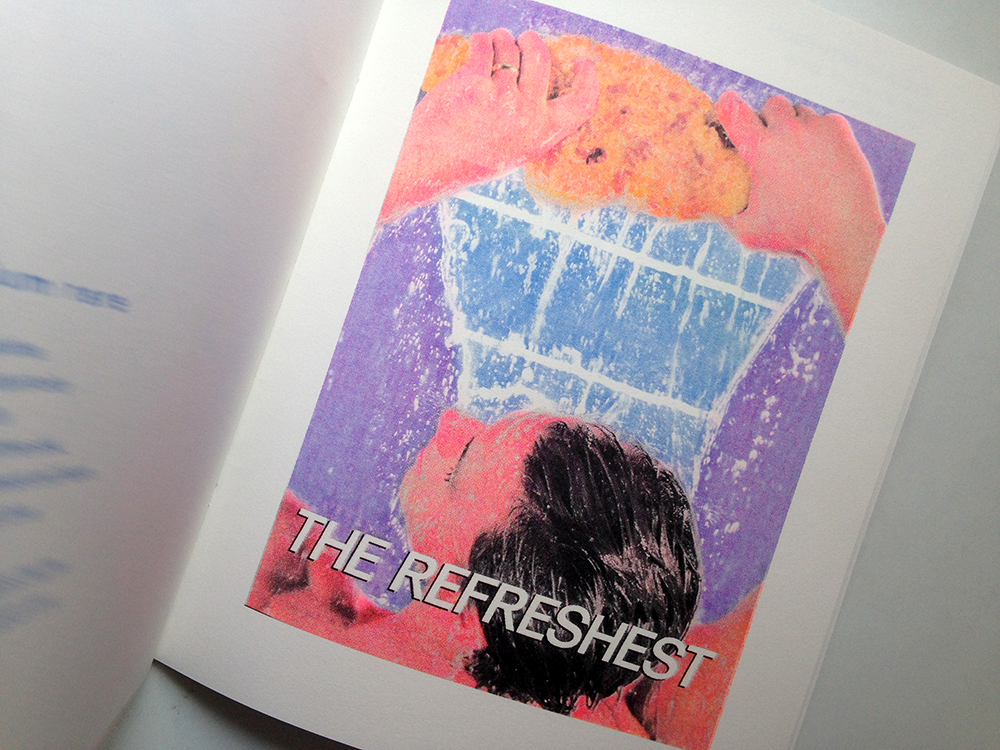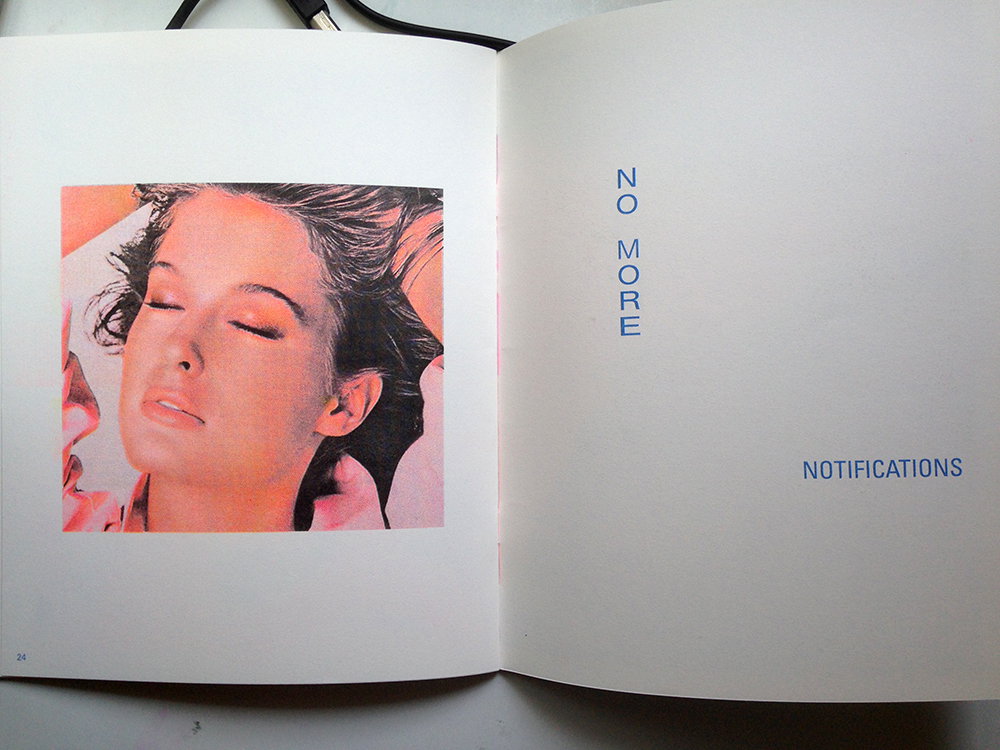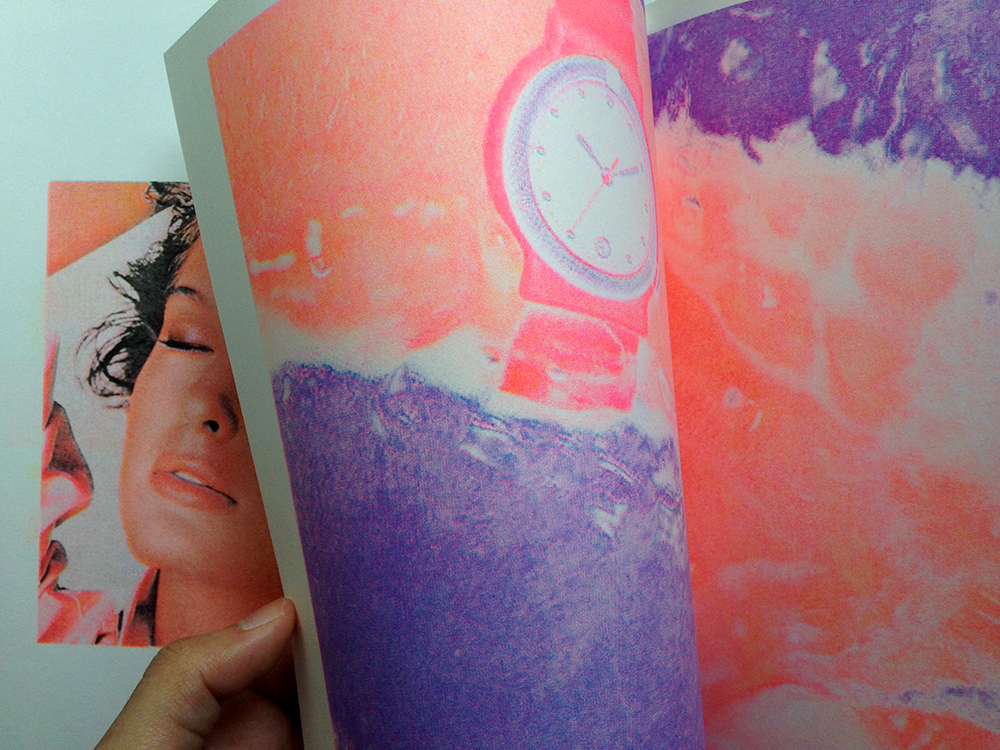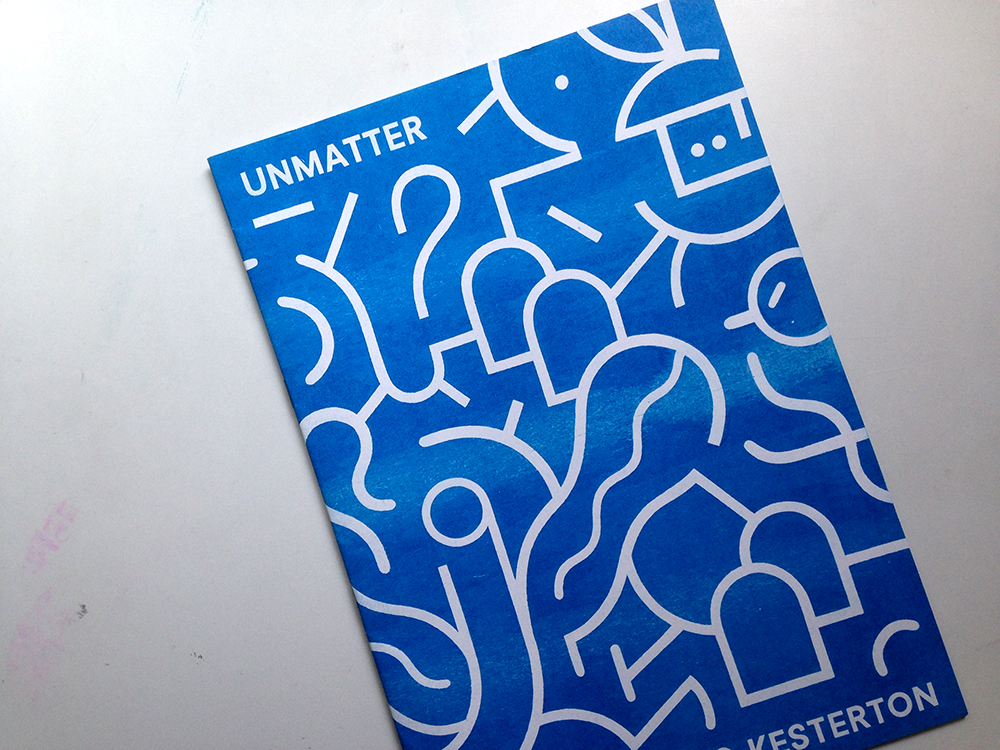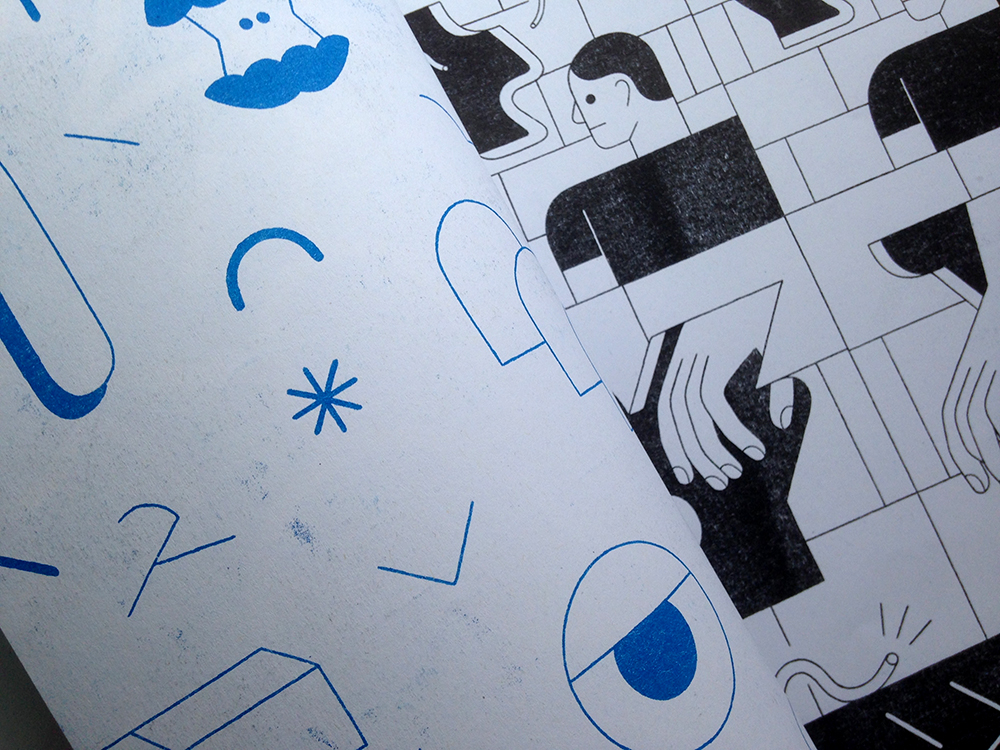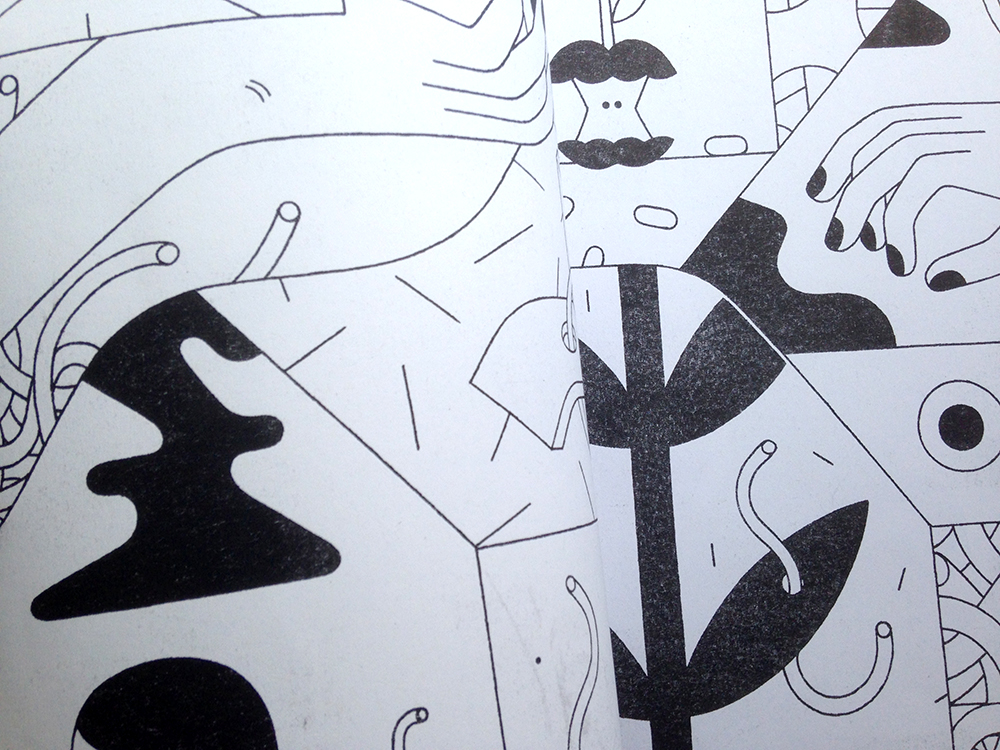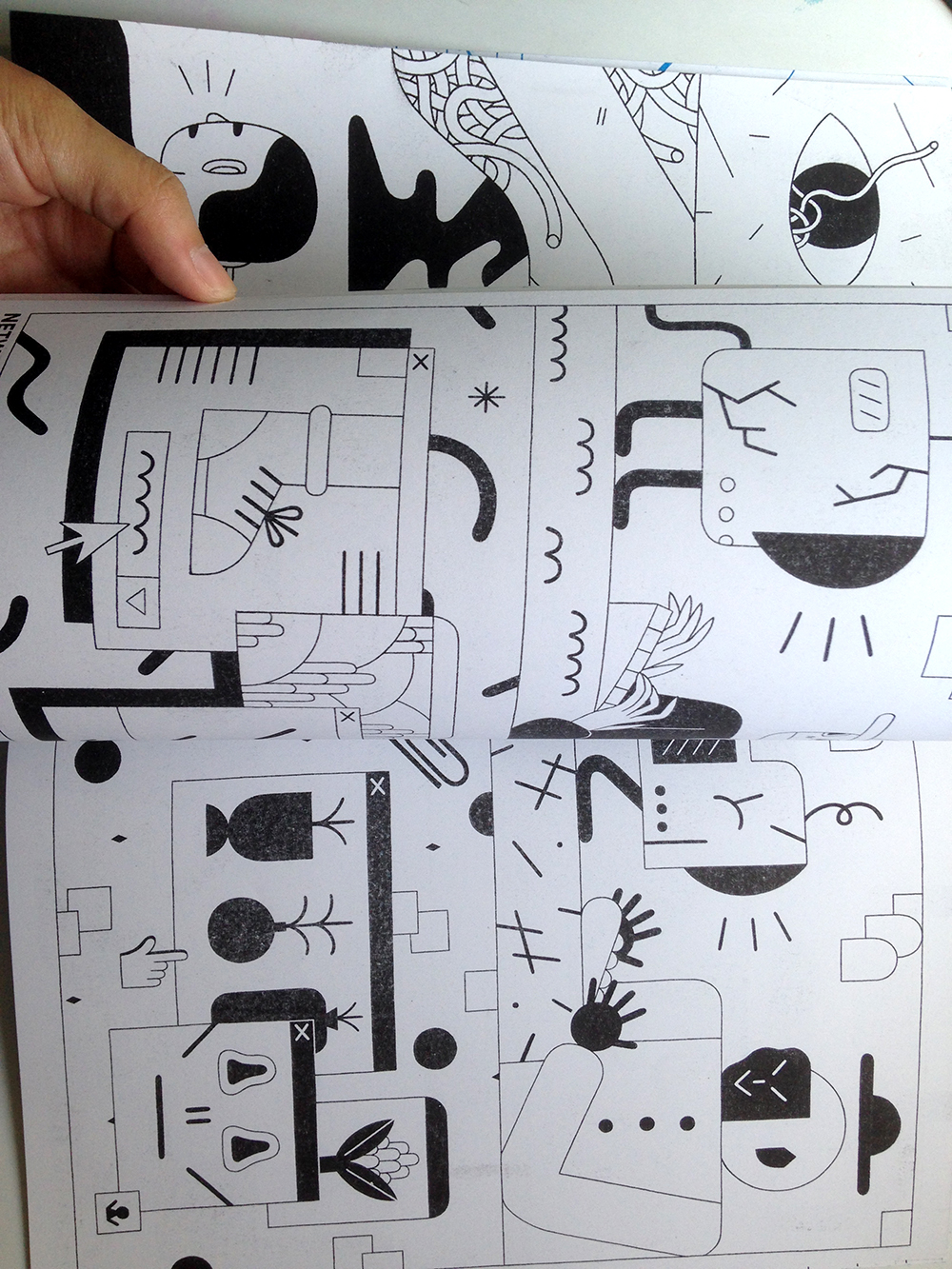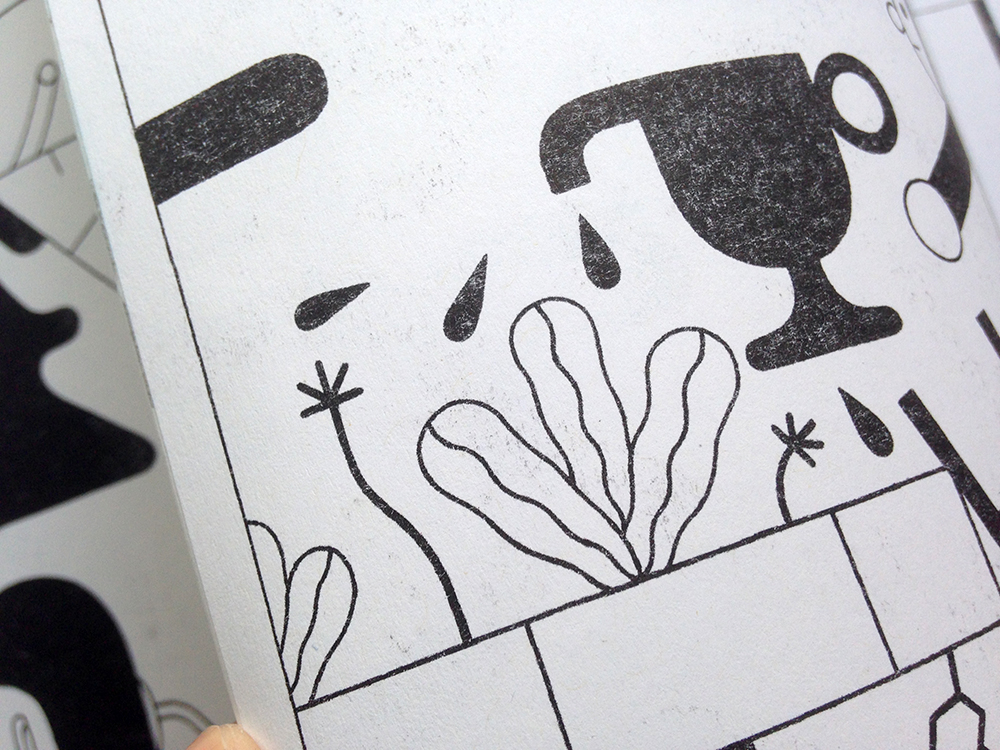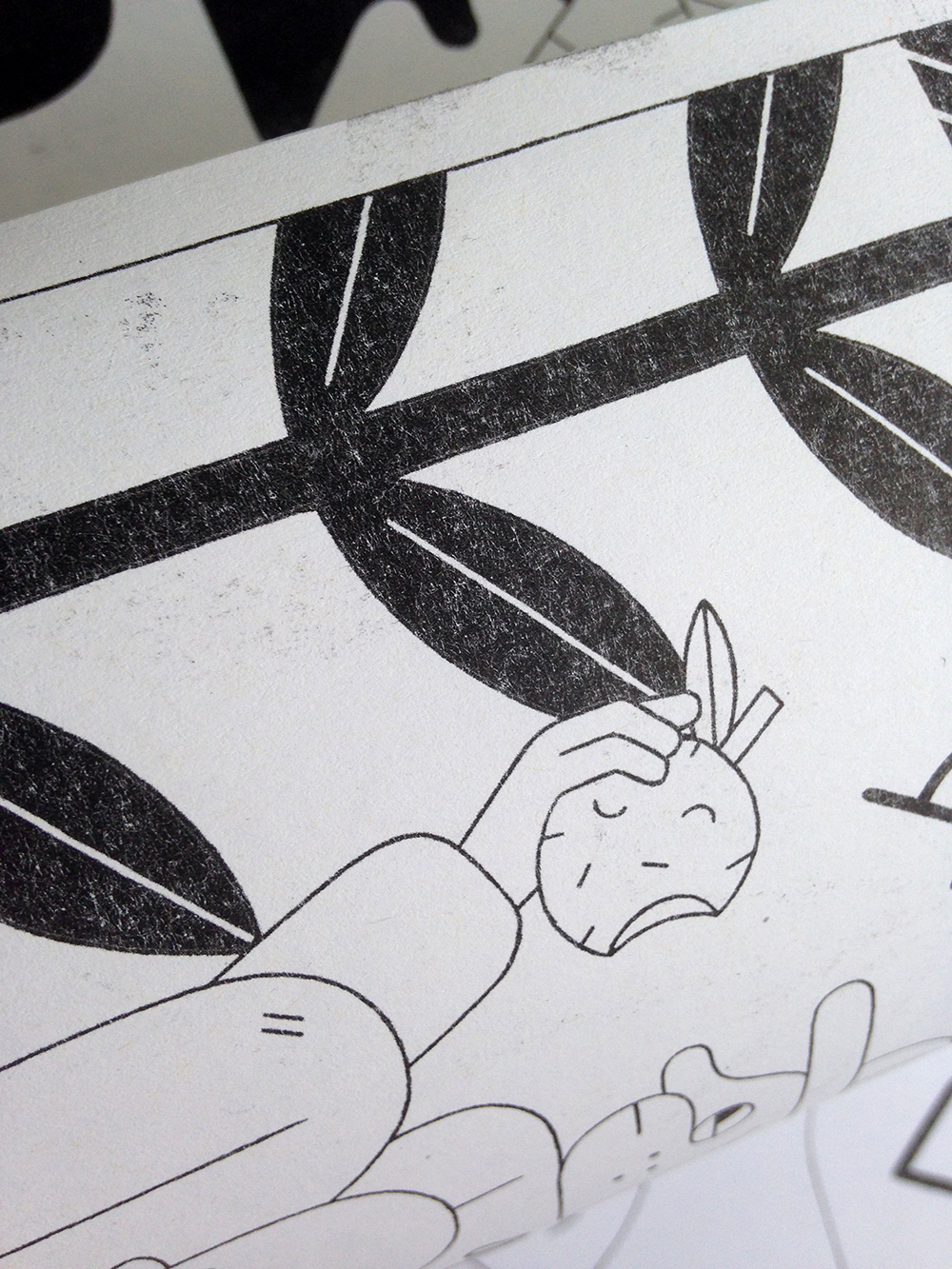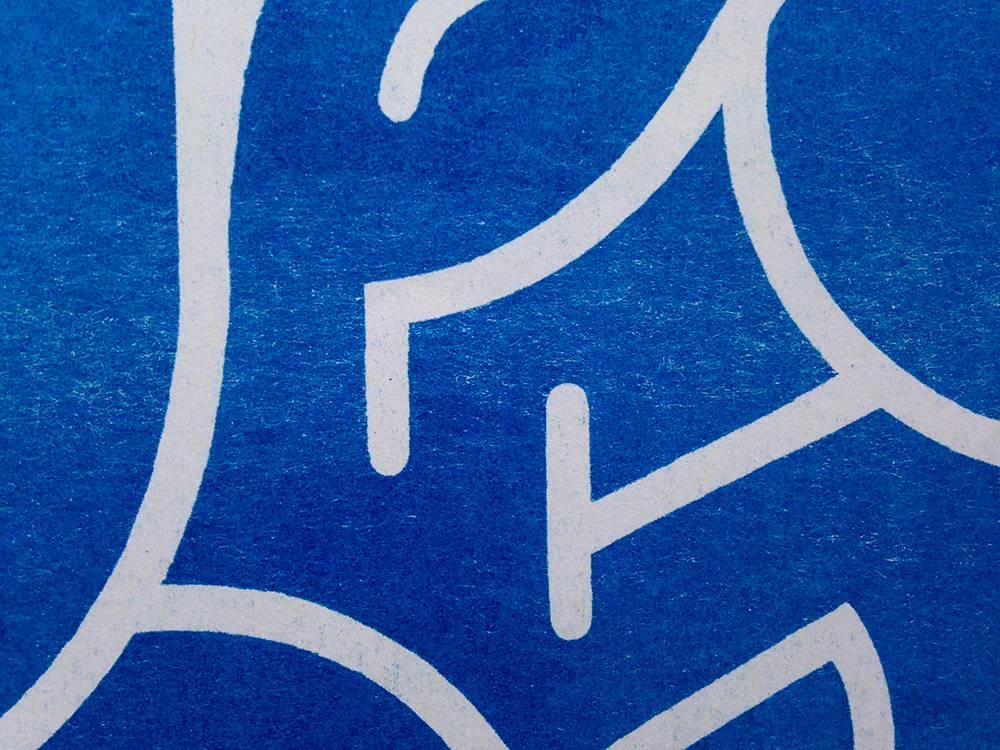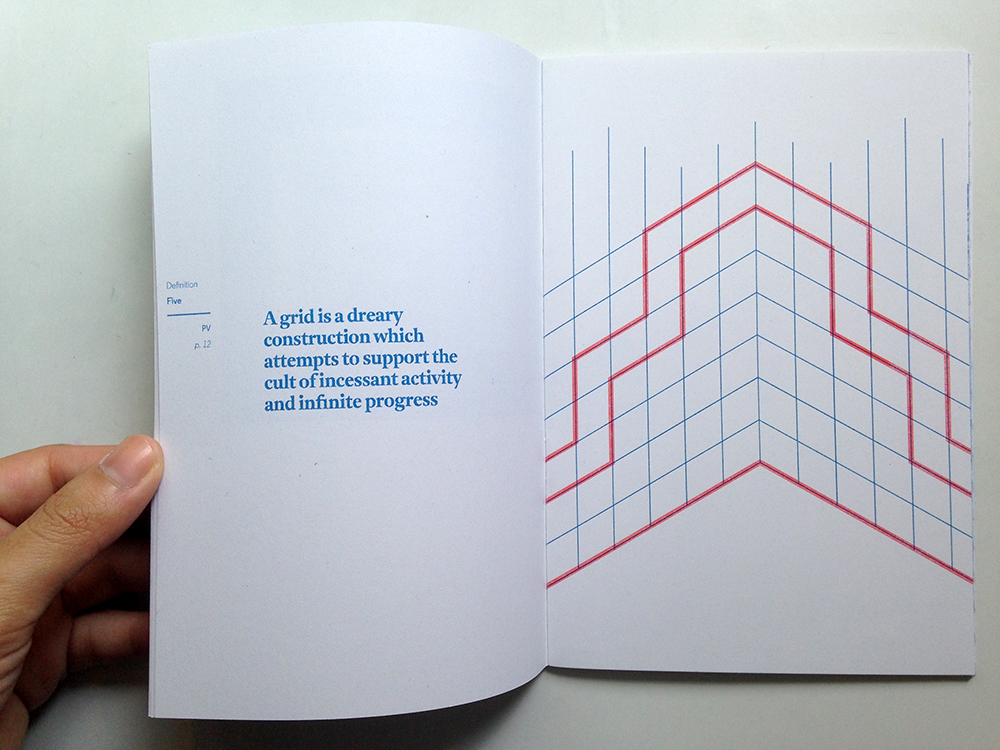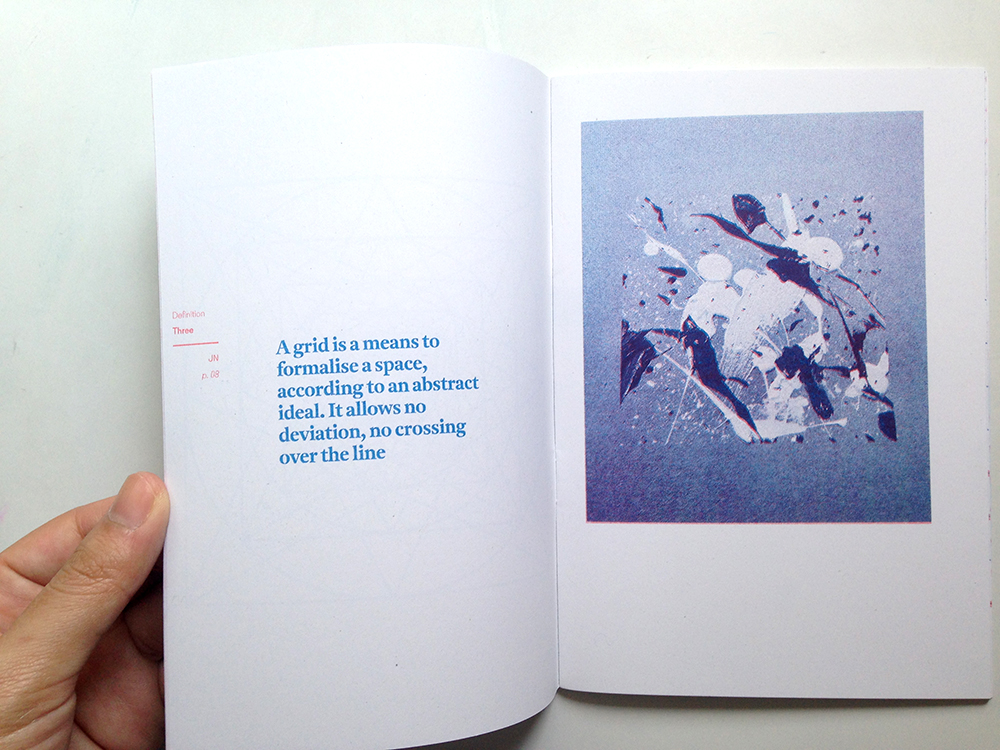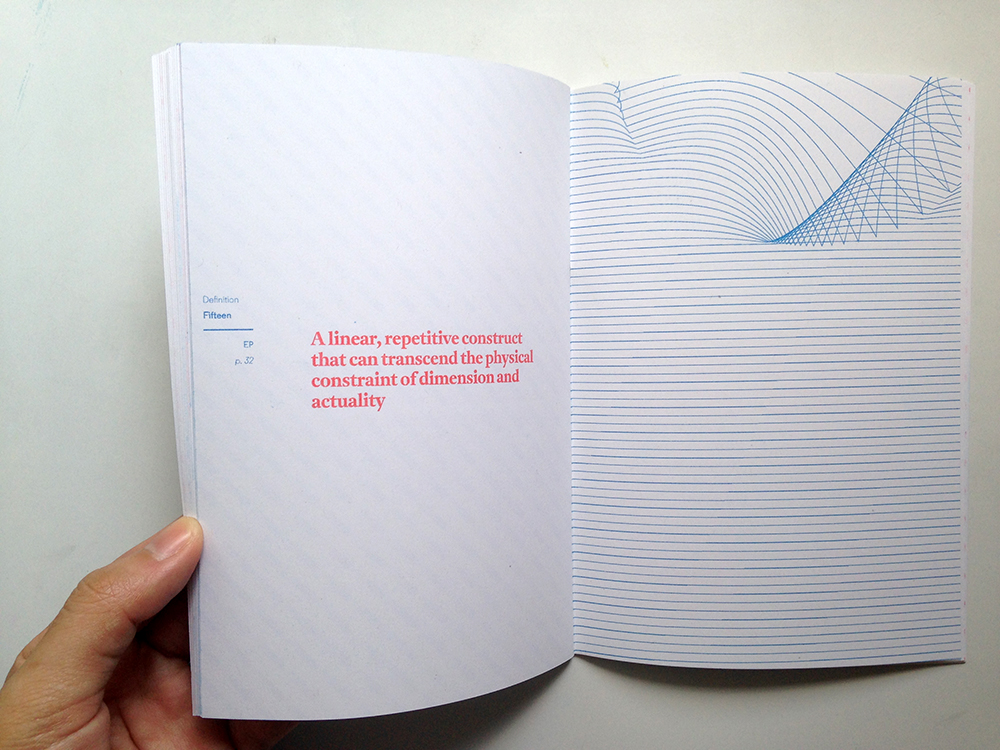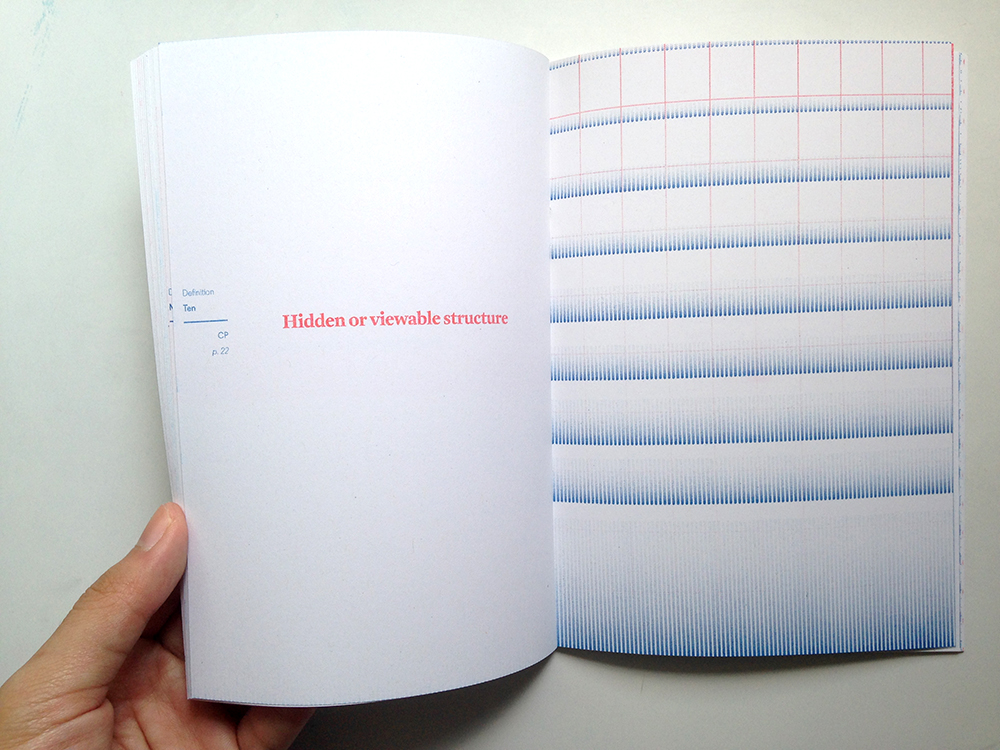
The Risograph printing process can be best described as an occupant of the middle ground between the capabilities of offset lithographic printing, digital printing, photocopying and screen-printing. Traditionally used in schools, churches, small enterprises and independent political parties, the Risograph has now become an alternative method of production due to an increased interest in self-publishing, and its ability to produce high quality prints quickly and inexpensively using colours not achievable by traditional digital printers.
The technology of a Risograph is very similar to screen-printing, using a stencil-based printing process. This method allows the Risograph to produce spot colours and textures similar to screen-printing but at a much quicker rate and a fraction of the cost.
from Push—Press, Singapore-based risograph press
So here’s a brief description of how the risograph printing works. It is similar to screen-printing, and to print a work with risograph, it is necessary to separate the color layers in the document. The machine will then print each color separately. Because of this, it is also possible to do overprinting, which means that different colors can be printed on the same area on the paper, which can result in some fascinating outcomes. This aspect of risograph printing also means that it is possible for some misalignment to take place. Taking these things into consideration, I think the results could be quite interesting and unexpected, similar to what I was saying about making chance art and incorporating these technicalities as the process+outcome.
Apart from risograph, I am also likely to print the rest of my work with inkjet. Can’t print all of it with riso anyway cos I ain’t got money… Also because I can do it at home, and maybe see how I can manipulate and play around with my printer. Not sure if I want to approach a press to do offset-printing because I hear from seniors it’s a pain. DIY all the way.





